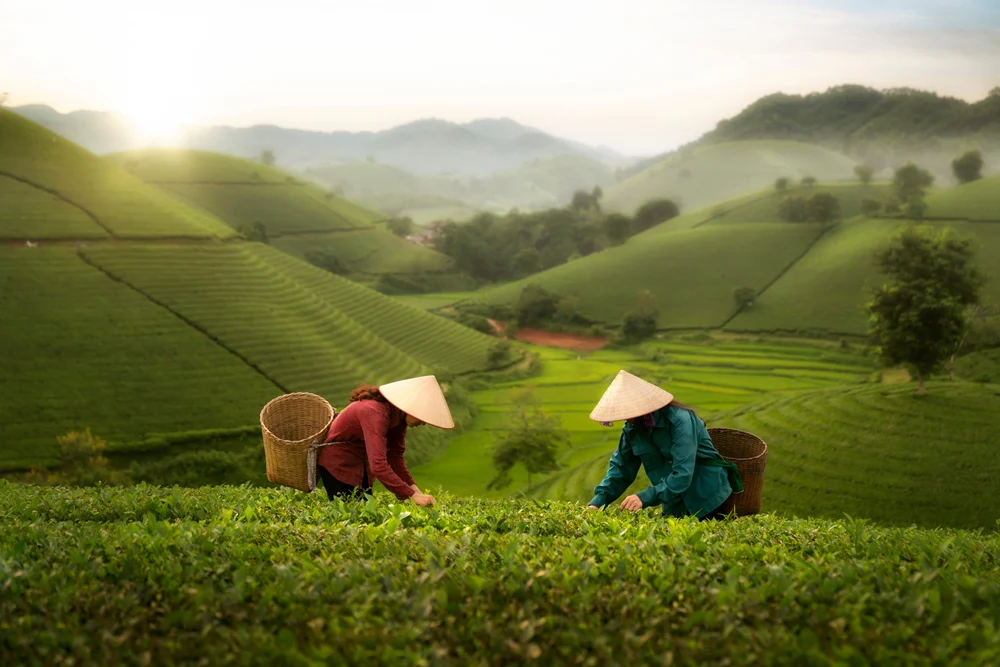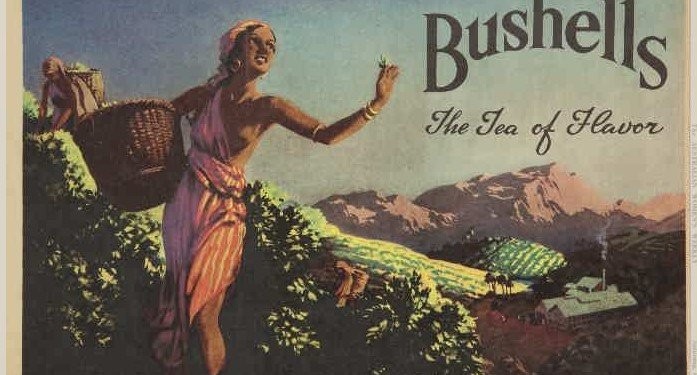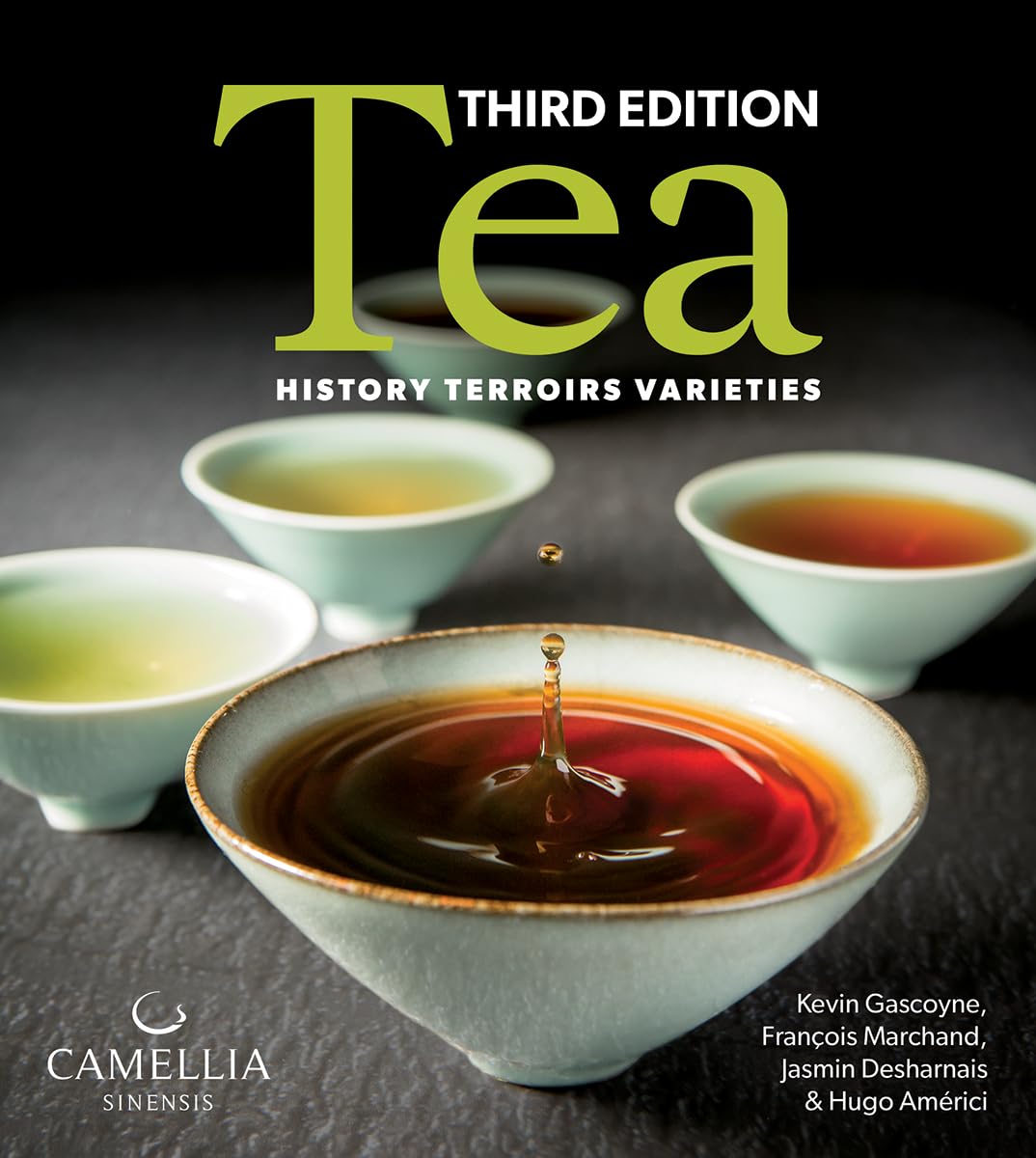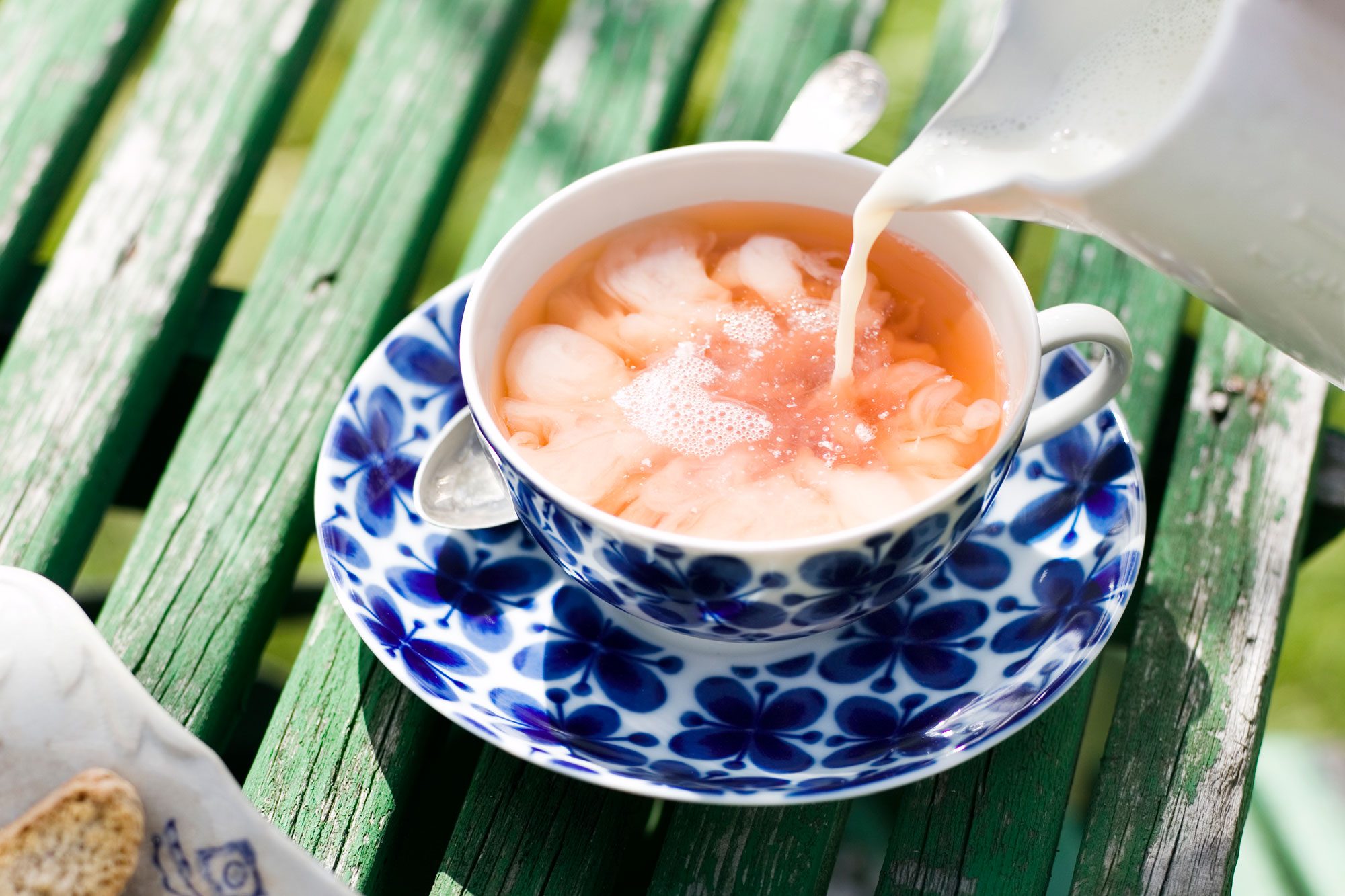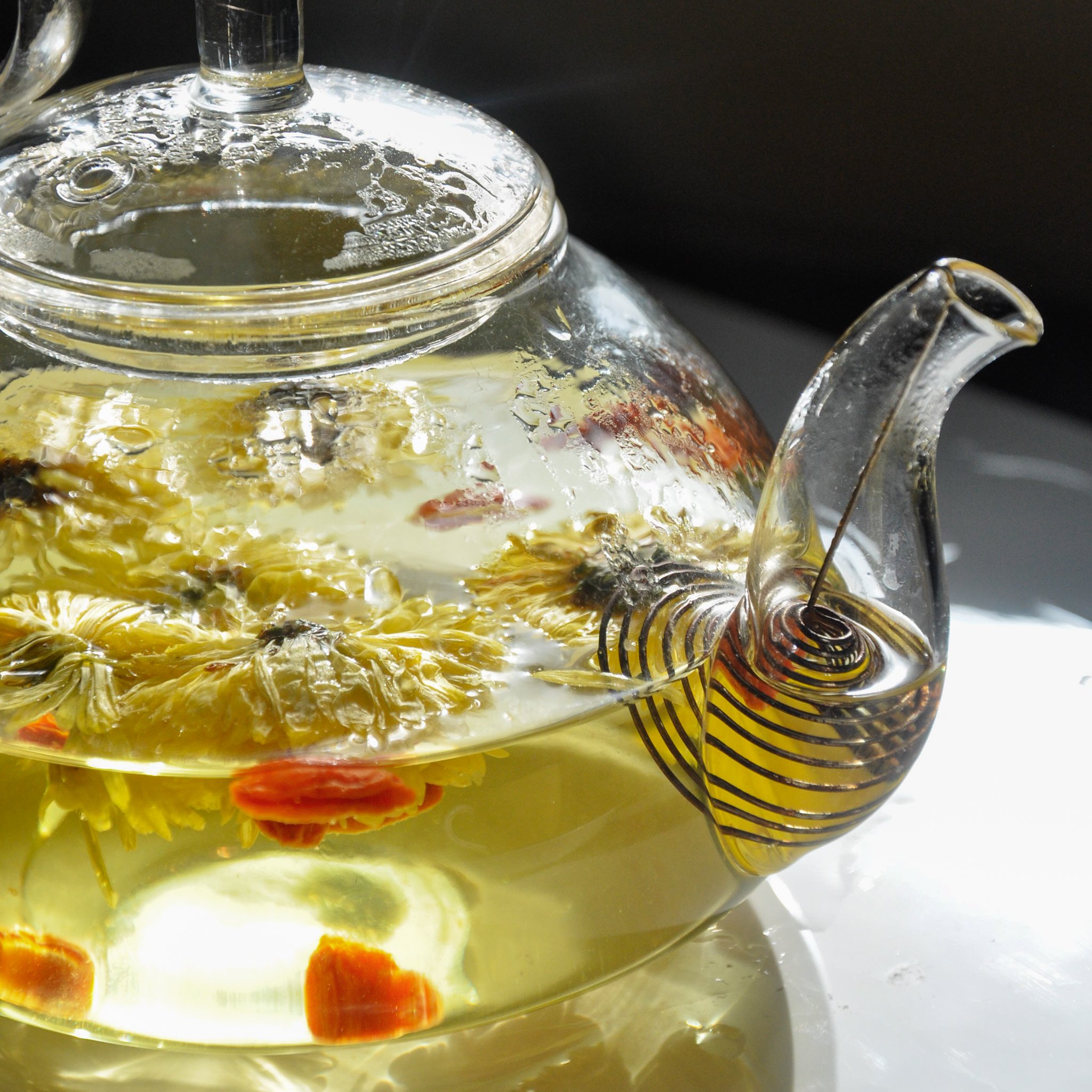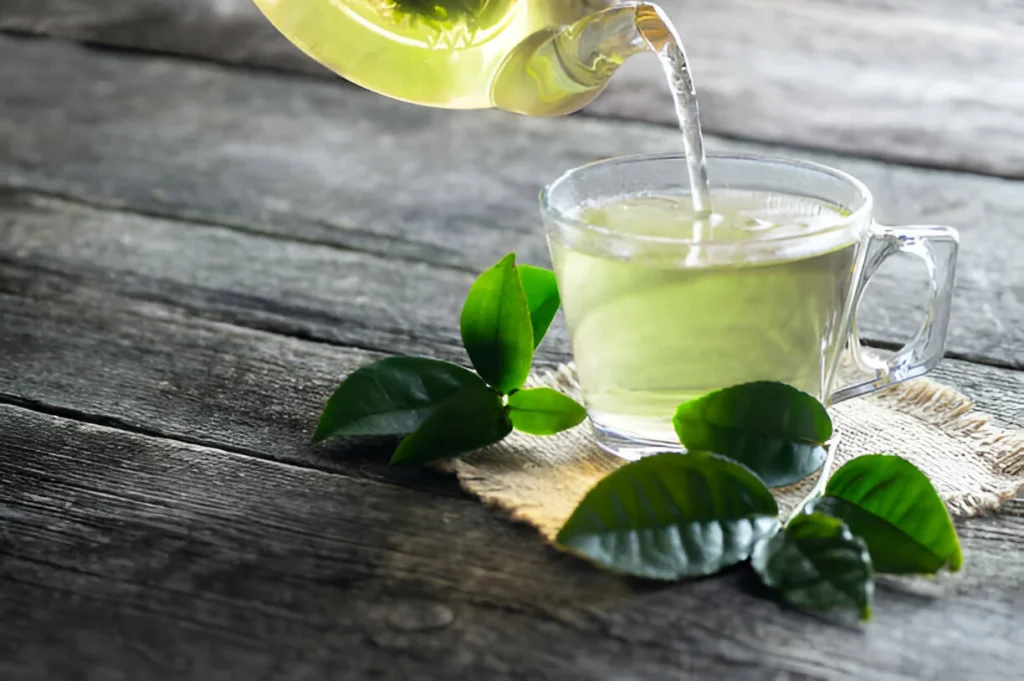Tea has been a significant part of cultural and social traditions across the globe for centuries. Each region has embraced tea in unique ways, from the formal and ceremonial Japanese practices to the social and leisurely British afternoon tea. Let’s explore how tea has shaped cultural identities and traditions in various parts of the world.
1. The Origins of Tea in China
- Historical Beginnings:
- Tea originated in China over 4,000 years ago, with its discovery attributed to Emperor Shen Nong around 2737 BCE. The emperor was said to have found tea when leaves from a wild tea tree accidentally fell into his boiling water.
- Cultural Significance:
- Tea became a central part of Chinese culture, especially during the Tang (618–907) and Song (960–1279) dynasties, when it was elevated to an art form.
- Chinese Tea Traditions:
- The Gongfu Tea Ceremony emphasizes skillful brewing to extract the full flavor of the tea, using tools like the gaiwan (lidded bowl) and small teapots.
- Tea houses became integral social hubs for relaxation and conversation.
2. Japanese Tea Ceremony
- Introduction of Tea to Japan:
- Tea was introduced to Japan from China in the 8th century, but it gained cultural prominence in the 12th century with Zen Buddhist monks, who used tea to aid meditation.
- Chanoyu: The Way of Tea:
- The Japanese tea ceremony, or Chanoyu, developed in the 15th century, guided by tea master Sen no Rikyū. It emphasizes harmony (wa), respect (kei), purity (sei), and tranquility (jaku).
- Key Features:
- Matcha (powdered green tea) is the central element of the ceremony.
- The ritual involves precise steps in preparing, serving, and drinking tea, reflecting mindfulness and respect.
- Cultural Importance:
- The tea ceremony is a meditative practice that reflects Japanese aesthetics, spirituality, and hospitality.
3. British Afternoon Tea Tradition
- Introduction of Tea to Britain:
- Tea was introduced to Britain in the 17th century by Portuguese and Dutch traders. By the 18th century, it had become a staple among the aristocracy.
- The Birth of Afternoon Tea:
- Anna, the Duchess of Bedford, is credited with inventing afternoon tea in the early 1840s. She started the tradition of enjoying tea with light snacks to stave off hunger between lunch and dinner.
- Components of Afternoon Tea:
- Traditional afternoon tea includes finger sandwiches, scones with clotted cream and jam, and pastries, paired with black teas like Earl Grey or Assam.
- Cultural Significance:
- Afternoon tea became a symbol of refinement and social interaction. Today, it remains a cherished British tradition, celebrated in tea rooms and hotels worldwide.
4. Indian Chai Culture
- The Origins of Chai:
- Tea was cultivated in India during British colonial rule, primarily for export. However, Indians began to embrace tea with the addition of local spices, creating masala chai.
- Cultural Practices:
- Chai is a ubiquitous part of daily life, served in homes, streetside stalls (chaiwalas), and workplaces.
- Traditional masala chai includes black tea, milk, sugar, and spices such as cardamom, ginger, and cinnamon.
- Symbol of Hospitality:
- Offering chai is a gesture of warmth and hospitality in Indian culture.
5. Moroccan Mint Tea
- Introduction of Tea to Morocco:
- Tea was introduced to Morocco in the 18th century through trade with Europe.
- The Tradition of Mint Tea:
- Moroccan mint tea, known as atay, is made with green tea (usually gunpowder tea), fresh mint leaves, and sugar.
- Cultural Role:
- Serving mint tea is a symbol of hospitality and friendship. The preparation and pouring of tea, often done from a height to create foam, is a ritualistic and artistic practice.
- Three Cups Tradition:
- It is customary to serve three successive cups of tea, each with varying sweetness levels, symbolizing life’s progression: bitter, strong, and sweet.
6. Russian Tea Culture
- Introduction of Tea to Russia:
- Tea was introduced to Russia in the 17th century through trade with China along the Silk Road.
- Samovar Tradition:
- The samovar, a unique tea-brewing vessel, became a central feature of Russian tea culture. It allows tea to stay warm for extended periods.
- Traditional Russian Tea:
- Tea is often served strong, accompanied by sugar, lemon, or jam (varenye), and paired with snacks like pastries or bread.
- Cultural Importance:
- Tea gatherings are a cornerstone of Russian hospitality and social interaction.
7. Middle Eastern Tea Traditions
- Varied Practices:
- Tea is a vital part of Middle Eastern cultures, with different regions adopting unique styles.
- Turkish Tea:
- Brewed using a double teapot (çaydanlık), Turkish tea is strong, served in small tulip-shaped glasses, and often accompanied by sugar cubes.
- Persian Tea:
- Persian tea, brewed with loose leaves, is typically served in crystal-clear glasses and paired with sweets like gaz (nougat) or nabat (rock candy).
Conclusion
Tea has transcended its origins as a simple beverage to become a symbol of culture, tradition, and connection in societies worldwide. Each culture’s unique approach to tea reflects its values, aesthetics, and history, from the mindfulness of the Japanese tea ceremony to the warmth of Moroccan mint tea. By exploring these traditions, we gain a deeper appreciation of tea as both a drink and a cultural treasure.
The History of Tea in Different Cultures
